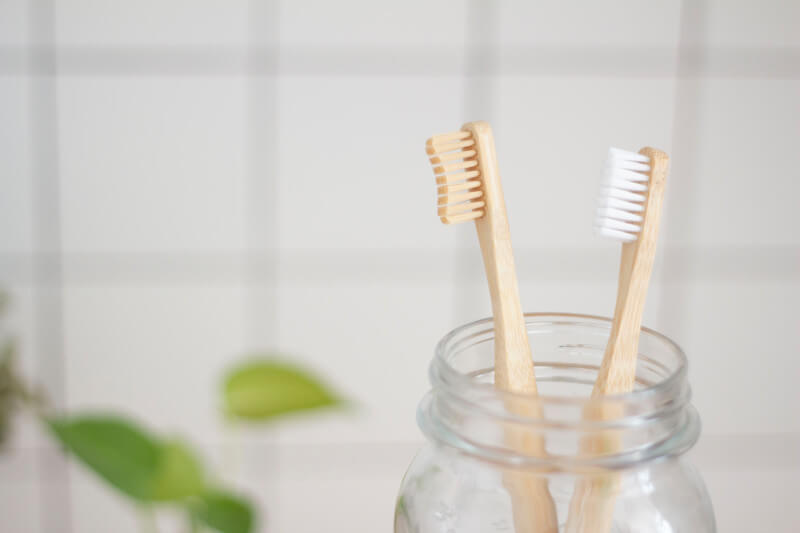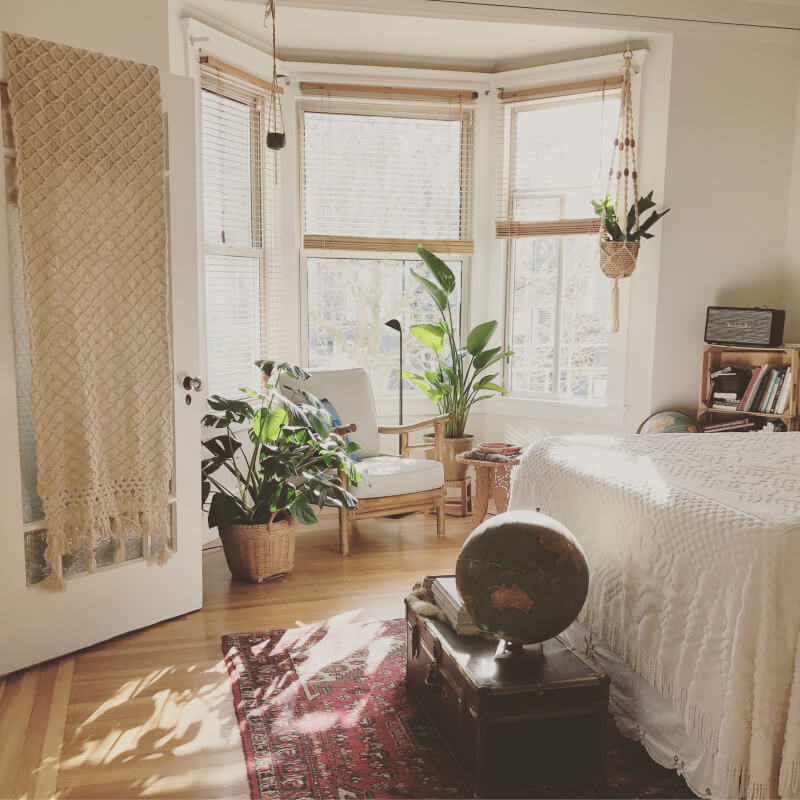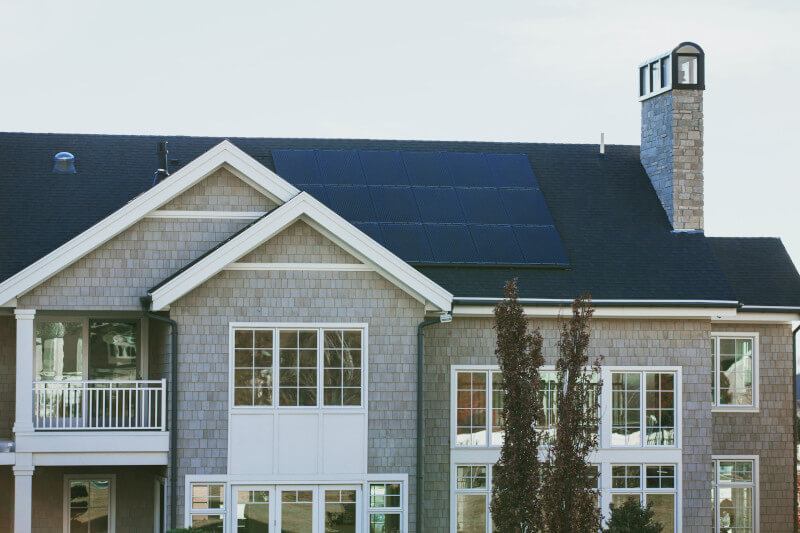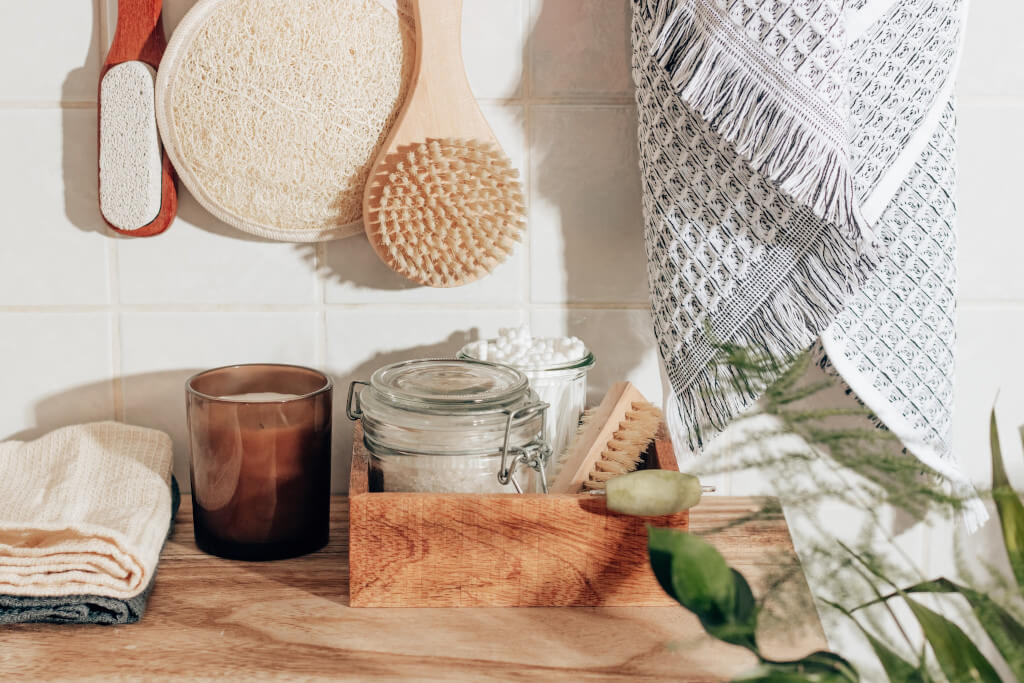Using less energy is a great step towards making your home more eco-friendly. Changing to energy-efficient light bulbs, avoiding leaving electronics plugged in when they’re not in use, and upgrading inefficient appliances are all easy ways to help the environment and save money. In addition, you can reduce your home’s energy consumption by installing a programmable thermostat.
Cutting back on water use is another easy and inexpensive approach to green your home. This can be accomplished by switching to low-flow faucets and toilets and never leaving a tap running. Covering flower beds and setting up a rain barrel are two more simple and inexpensive methods of water conservation.
The final step in making your home environmentally conscious is to reduce waste. You may help by using reusable grocery bags, recycling and reusing materials, and composting food leftovers. Natural cleaning solutions along with minimizing single-use plastics are two more inexpensive and straightforward strategies to cut down on trash.
Use Sustainable Clothing

Making your house greener doesn’t have to be complicated or expensive. Sustainable fashion is one of the most accessible and cost-effective options. Integrating organic cotton, recycled polyester, and Tencel into your clothing choices is one way to become green. Secondhand shopping and buying from independent designers who utilise eco-friendly materials are further ways to lessen your impact on the environment.
You can extend the life of your wardrobe and save money by prioritising quality over quantity when purchasing new pieces. Finally, if you want to save money and energy, try air-drying your garments rather than utilising the dryer. If you follow these guidelines, you can lessen your influence on the environment without breaking the bank.
Conserve Water and Money

There are some easy, inexpensive things you can do around the house to reduce your impact on the environment. Water conservation is an important step in this direction. By replacing standard showerheads with low-flow models and repairing dripping fixtures, you can cut your water use by as much as 30 percent.
Installing a washer, dryer, and dishwasher that uses less water will also help you save a lot of water. Insulating your hot water pipes can also assist reduce heat loss and, in turn, your energy costs. Making your house more eco-friendly and cost-effective requires only a few simple adjustments.
Reduce The Use of Plastic Bags

Stopping the usage of plastic bags is an easy and inexpensive step towards making your home more environmentally friendly. One way to accomplish this is to buy a variety of cloth bags, such as tote bags, reusable shopping bags, and suitcases.
In addition to reducing waste generated by single-use plastic bags, switching to reusable bags can save you cash by eliminating the need to buy new bags each time you go grocery shopping. In addition to saving money, changing to reusable bags helps the natural world by reducing the demand for plastic products with a single use.
Control Garbage in the Kitchen

It’s not necessary to spend a lot of money or put in a lot of effort to make your home more eco-friendly. Taking care of garbage might be a cheap and easy place to begin. First, stop throwing away perfectly good food and start making better use of leftovers. Save money and reduce waste by reusing glass and plastic food storage containers. Spend less per serving by buying in bulk and portioning out your meals and snacks.
Composting is an excellent option for dealing with food scraps. Food waste can be composted in a backyard or other small place to create nutrient-rich soil. Last but not least, separate and recycle all of your plastic, glass, and aluminum cans. Taking these easy measures will make your house more environmentally friendly and contribute to a decrease in landfill waste.
Replace Your Plastic Toothbrush With An Eco-Friendly Alternative

We can all do our part to reduce our environmental impact by making a few simple adjustments to our daily routines. Changing from a plastic toothbrush to a bamboo or metal one is a simple and inexpensive step in the right direction. Toothbrushes designed with the environment in mind are crafted from biodegradable materials like bamboo, wood, and cornflour. They break down quickly in the environment and are biodegradable.
Also, when burned, they don’t produce any harmful byproducts or toxins that could harm the environment. They are also convenient because of their portability. To lessen our impact on the environment, switching to a plastic-free toothbrush is a simple but significant step.
Make House Cleaning More Environmentally Friendly

Making your home more sustainable doesn’t have to be a major undertaking in terms of time or money. Making small adjustments, such as using eco-friendly cleaning supplies, can have a big impact. Try to get ones that are manufactured with all-natural materials and don’t contain any harmful chemicals. If you care about your health and the welfare of the planet, you should avoid using goods with added scents or dyes.
Instead of using paper towels or other disposable materials, consider investing in reusable cleaning sponges and rags. In the long term, this will help cut down on waste and save money. An inexpensive all-purpose cleaner can be made from common household items using a combination of vinegar and baking soda. These little adjustments will provide a green spin on your regular cleaning routine while protecting your family’s health and the environment.
Reuse Paper Products

Creating a greener house doesn’t have to break the bank. Using recycled paper for stationery is one easy and inexpensive option. For example, you may start using recycled-content paper, plastic-content writing implements, and recycled-content notetaking supplies. As a result, you may be able to reduce the waste you create while using stationary and benefit the environment as a whole. You may also employ the stylish designs seen on recycled stationary to spruce up your living space. Making your home more eco-friendly can be as simple as switching to recycled stationery.
Put Plants Everywhere!

Bringing nature inside can help reduce your carbon footprint. Plants have dual benefits: they clean the air and make the space feel more peaceful and relaxing. In addition, plants are a cheap method to spruce up your home’s interior design. Houseplants can be purchased from a variety of retail outlets, both offline and online, and seeds can be grown from scratch.
With so many options, it’s easy to find plant life that complements your decor and way of life. A simple and inexpensive approach to making your home more environmentally friendly is to add plants everywhere.
Install Solar Panels

One of the easiest and most cost-effective ways to green your home is to install solar panels. Solar panels, which convert sunlight into usable energy, have decreased in price and grown more practical in recent years. Putting solar panels on your roof not only helps the environment but also helps you save money on your monthly energy bills.
Solar panels can be readily installed by a skilled solar installer and require no further maintenance. Solar panels are a terrific long-term investment because they not only save you money but also help the environment.
Make the Move to LED Bulbs

Changing to LED lights is an easy and inexpensive approach to reducing your home’s environmental impact. LEDs save money in the long run since they use so much less energy than incandescent and halogen lamps. LEDs also last considerably longer than traditional bulbs, meaning you won’t need to change them as often. Purchasing LED lightbulbs is a great way to reduce your carbon footprint because of their long lifespan and low energy use.
Making a Difference by Starting at Home
Making your home more environmentally friendly doesn’t have to be difficult or expensive. Minimising your impact on the environment and demonstrating your dedication to sustainability can be accomplished by the adoption of a few straightforward practices, such as the use of energy-efficient light bulbs, the use of all-natural cleaning solutions, and the use of recycled paper and wood. You can have a significant effect on the planet with only a few little adjustments. Keep in mind that each action, no matter how minor, can add up to significant results.
